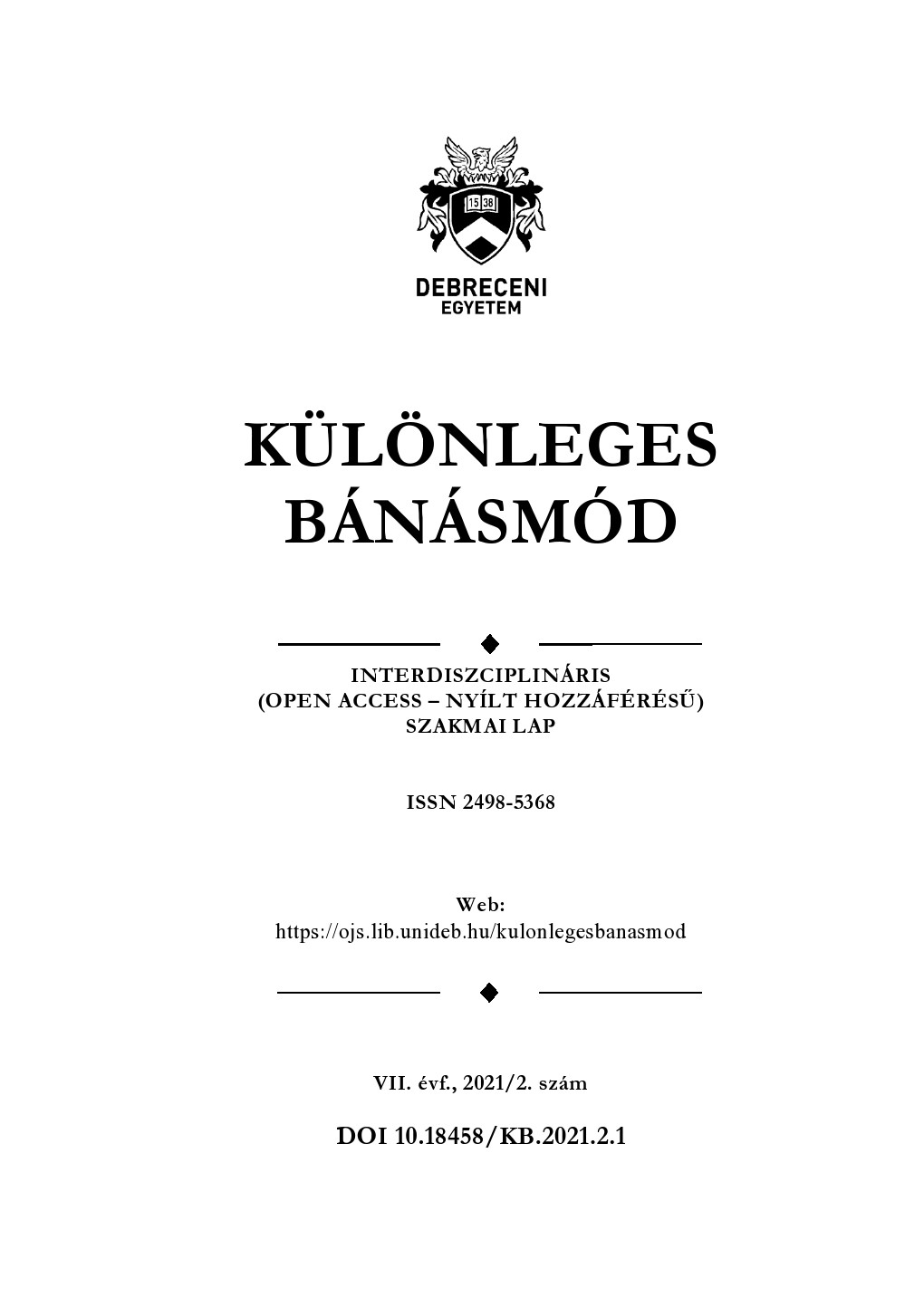THE STATE OF LANGUAGE DEVELOPMENT OF THE DISADVANTAGED CHILDREN'S
Author
View
Keywords
License
Copyright (c) 2021 Rétháti Csilla

This work is licensed under a Creative Commons Attribution-NonCommercial-NoDerivatives 4.0 International License.
How To Cite
Abstract
The study addresses the language problems of children with socio-cultural background problems. Children from the environment using a limited language code are more likely to start with a language disadvantage or language delay, and these ability deficits do not or only moderately decrease during the years of institutional education. In the presented pilot study, n = 20 people from Borsod-Abaúj-Zemplén county, disadvantaged Gypsy / Roma children living in three villages and their parents were analyzed. In the study, the Parental Treatment Questionnaire (H-PBI, Gordon, 1979), the LAPP Active Vocabulary Survey (Lőrik et al., 2015), and the speech of children with delayed/impeded speech developed by Dr. Ágnes Juhász and Tiborné Bittera (1995) and its language development was examined. The results were interpreted according to the small sample on the basis of simple statistics, and the drawing of conclusions is also treated sparingly.


 https://doi.org/10.18458/KB.2021.2.77
https://doi.org/10.18458/KB.2021.2.77